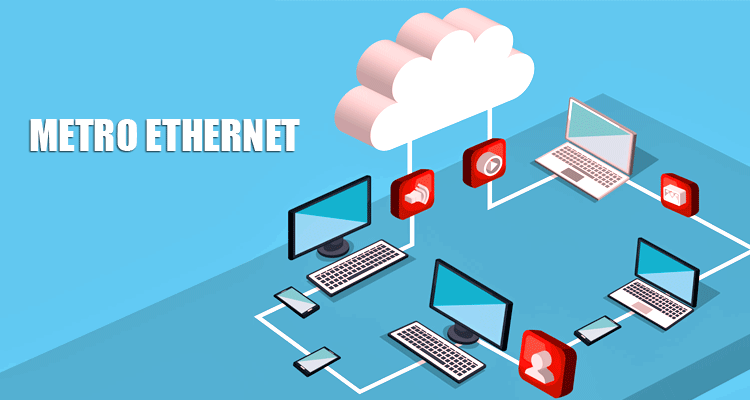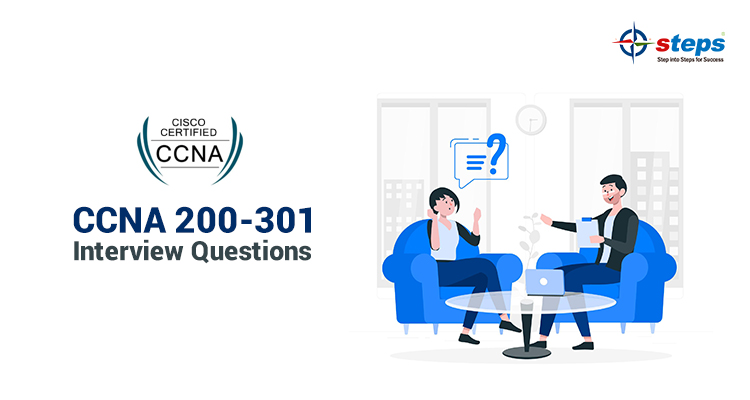METRO ETHERNET

Metro Ethernet is an Ethernet transport network that furnishes point-to-point or multipoint connectivity martial over a metropolitan area network (MAN). Ethernet engendered as a LAN technology and became a pich hitter for low-speed WAN technologies.
- Ethernet was first habituated outside of the LAN in MANs which is why we call it Metro Ethernet.
- Ethernet is also habituated on WAN connections, which is why we likewise call it carrier Ethernet.
- The provider might use other technology (mpls) on their network, but the end-to-end protocol in use is Ethernet.
- The MEF (Metro Ethernet Forum) defines standards and martial for Metro Ethernet.
The MEF (Metro Ethernet Forum) is a non-profit consortium that standards and services for Metro Ethernet. There are several distant Metro Ethernet services, each service has a distinctive topology.
- E-Line: point-to-point connection between two sites.
- E-Lan: full-mesh network between different sites.
- E-Tree: root and leaves topology where the cardinal site is the root of the tree and the other sites are the leaves.
Ethernet Line Service (E-Line)
The Ethernet Line Service is the simplest Metro Ethernet service, it’s a point-to-point connection between two sites:

From the customer’s perspective , it’s like connecting two routers to each other with a crossover cable. It’s a layer two link so if you configure IP addresses, the routers will be in the same subnet. The point-to-point link is called an EVC (Ethernet Virtual Circuit). Another common name for E-Line is VPWS (Virtual Private Wire Service). This name is used when the provider uses MPLS on their network, consign Ethernet over the MPLS network.
Ethernet LAN Service (E-LAN)
If you have a lot of sites and you want each site to be able to send frames directly to any other site, you might want to use an E-LAN. It’s a full-mesh topology that acts like a big switch:

The green line represents a single EVC that connects all four sites together, creating one E-LAN. All sites will be able to reach each other directly. Another common name for E-LAN is VPLS (Virtual Private LAN Service).
Ethernet Tree Service (E-Tree)
The third topology is the E-Tree, this topology is useful if you have a central site and some other sites that mostly need to access resources at the central site:



